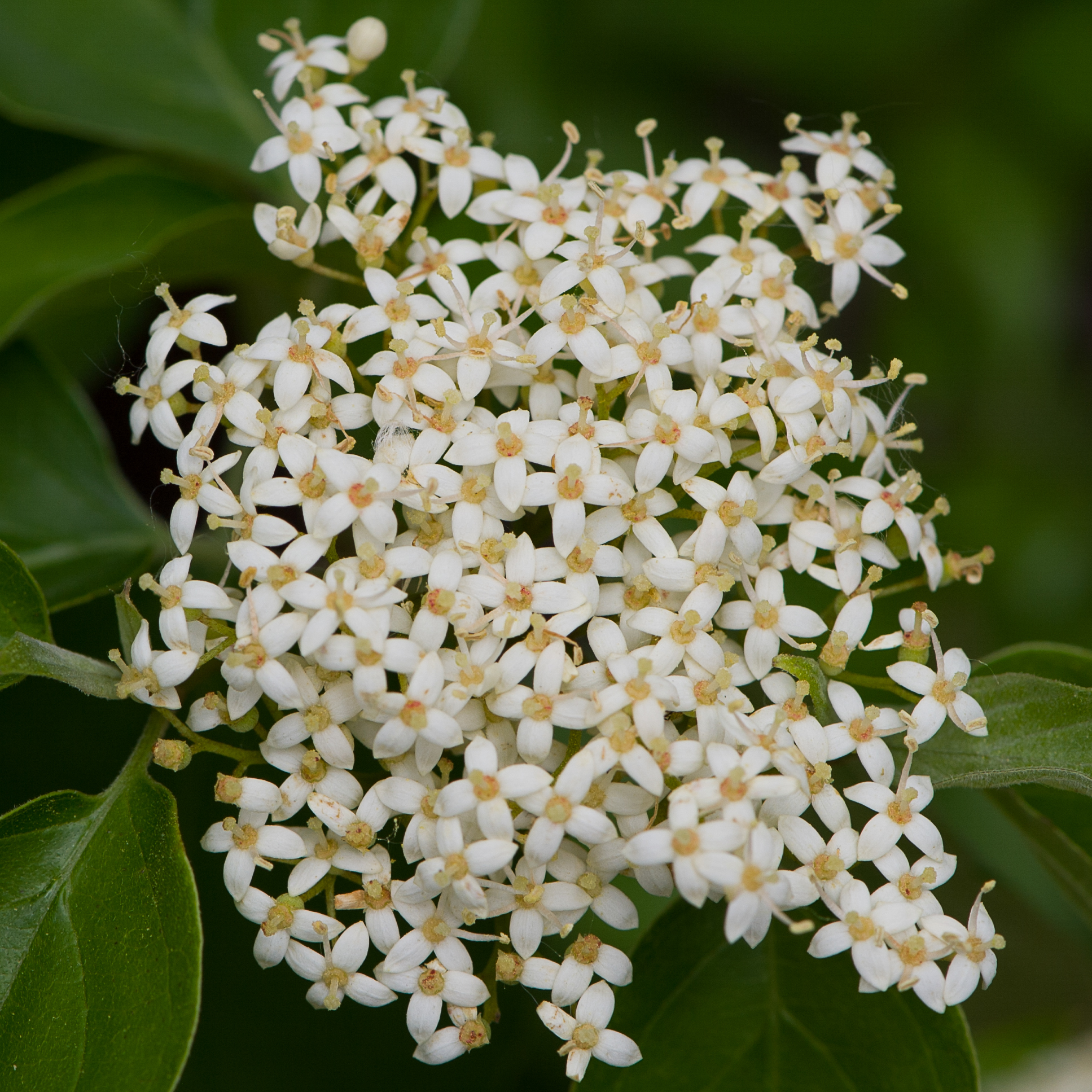Cornus Drummondii on:
[Wikipedia]
[Google]
[Amazon]
 ''Cornus drummondii'', commonly known as the roughleaf dogwood, is a small
''Cornus drummondii'', commonly known as the roughleaf dogwood, is a small
 ''Cornus drummondii'', commonly known as the roughleaf dogwood, is a small
''Cornus drummondii'', commonly known as the roughleaf dogwood, is a small deciduous
In the fields of horticulture and Botany, the term ''deciduous'' () means "falling off at maturity" and "tending to fall off", in reference to trees and shrubs that seasonally shed leaves, usually in the autumn; to the shedding of petals, ...
tree that is native primarily to the Great Plains and Midwestern
The Midwestern United States, also referred to as the Midwest or the American Midwest, is one of four census regions of the United States Census Bureau (also known as "Region 2"). It occupies the northern central part of the United States. I ...
regions of the United States
The United States of America (U.S.A. or USA), commonly known as the United States (U.S. or US) or America, is a country primarily located in North America. It consists of 50 states, a federal district, five major unincorporated territori ...
. It is also found around the Mississippi River
The Mississippi River is the second-longest river and chief river of the second-largest drainage system in North America, second only to the Hudson Bay drainage system. From its traditional source of Lake Itasca in northern Minnesota, it fl ...
. It is uncommon in the wild, and is mostly found around forest borders. The roughleaf dogwood is used as a buffer strip around parking lots, in the median of highways and near the decks and patios of homes. It can grow to a height of 15 to 25 feet (4.6 - 7.6 m) with a spread of 10 to 15 feet (3.1 - 4.6 m). The roughleaf dogwood flowers during the summer months. It produces near-white four-petaled flowers that are followed by small white fruits, which ripen from August to October. These dogwoods can form a dense thicket
A thicket is a very dense stand of trees or tall shrubs, often dominated by only one or a few species, to the exclusion of all others. They may be formed by species that shed large numbers of highly viable seeds that are able to germinate in t ...
that is used as cover for wildlife. Over forty species of birds are known to feed on the fruits.
References
External links
* * {{Taxonbar, from=Q187040 drummondii Plants described in 1845 Trees of the Eastern United States Trees of the Plains-Midwest (United States) Trees of the North-Central United States